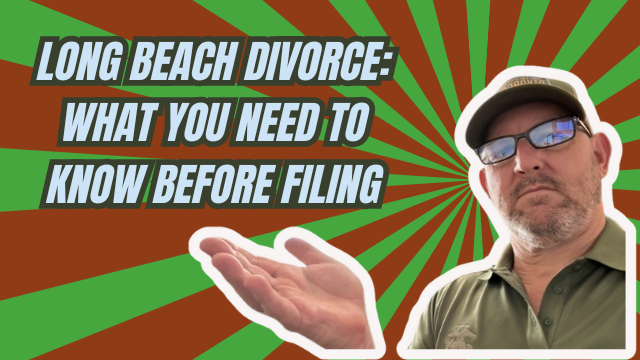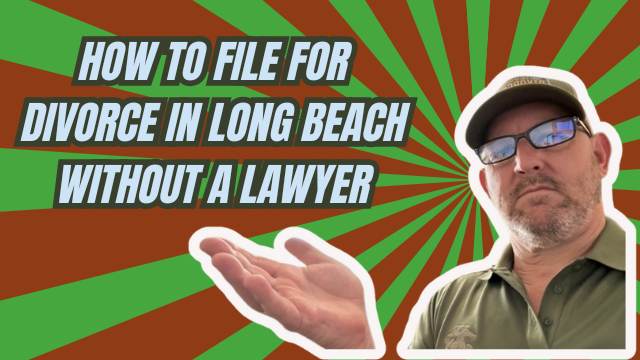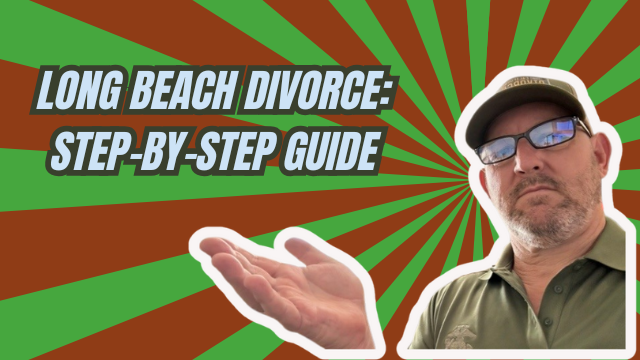Long Beach Divorce: What You Need to Know Before Filing
Did you know a single formatting error can delay your divorce by weeks? If you are filing for divorce in Long Beach, your case is processed through the Los Angeles Superior Court and that court expects precision when you e-file. A careful start can save you time, stress, and unnecessary court trips. Below I walk through what you need, common pitfalls to avoid, and how to move your case forward smoothly.
How Long Beach Divorces Are Handled
Long Beach is part of Los Angeles County for purposes of family law filings. That means all petitions, summons, and related documents must comply with Los Angeles Superior Court e-filing rules. The court enforces strict formatting and filing standards, so even seemingly small mistakes can trigger rejections and delays.
“A single formatting error can delay your divorce by weeks.”
Essential Documents You Must File
Before you submit anything, prepare these core documents. Missing or incorrect versions of these forms are frequent reasons for rejection.
- Petition for Dissolution — This starts the case and outlines what you are asking the court to decide.
- Summons — Notifies your spouse that a case has been filed and provides important deadlines.
- UCCJEA (Uniform Child Custody Jurisdiction and Enforcement Act) — Required if you and your spouse have children. This form helps the court determine jurisdiction for custody and visitation issues.
Other common attachments
- Proof of service (how your spouse was served)
- Income and expense declarations when financial issues are involved
- Parenting plans or agreement documents if you already have terms worked out
Common E-Filing Pitfalls to Avoid
The Los Angeles Superior Court has rigid e-filing expectations. Here are the practical mistakes that most often lead to rejection:
- Using the wrong county or courthouse on the filing
- Submitting outdated versions of forms
- Formatting errors: margins, font size, or incorrect document orientation
- Missing signatures or dates
- Failing to attach mandatory supporting documents
Because the court reviews filings automatically for compliance, these errors are frequently caught before a case is accepted. That means you may get a rejection notice and need to refile, which wastes time and can increase anxiety for everyone involved.
Serving Your Spouse: Make a Clear Plan
How you serve your spouse matters. Service must follow California rules so your case can proceed. Options include personal service by a third party, substituted service when personal service is not possible, or service by mail in certain circumstances. If you and your spouse are already in agreement on terms, that can simplify service and the overall process considerably.
When an agreement helps
- If both parties agree to terms, you can often avoid contested hearings and many court appearances
- An agreement reduces paperwork disputes and decreases the chance of form-based rejections
- Mutual cooperation speeds the path to judgment and finalization
A Real Example: Two Rejections, One Smooth Outcome
I worked with a Long Beach couple who tried to file on their own. Their petition was rejected twice for formatting issues. They were frustrated and delayed for weeks. We stepped in, corrected the forms and the filing, and got their case moving within two weeks. There were no court visits, no headaches, and the case progressed to judgment without repeated rejections.
How Professional Assistance Can Help
When you work with a knowledgeable service, you avoid common mistakes and speed up the process. Here is how professional support typically helps:
- Ensure you are using the correct, up-to-date court forms
- Format every document to meet e-filing standards
- Handle filing, service, and follow-up communications remotely
- Provide flat-fee pricing so you know costs up front
Remote, full-service help means you do not need to go to the courthouse. From preparing forms through final judgment, expert guidance reduces risk of delays and gives you predictable timelines.
Ready to Start the Right Way?
If you are in Long Beach and planning to file for divorce, start with the right paperwork and a clear service plan. Correct filing the first time can save weeks of frustration. For a free consultation and step-by-step support, visit https://divorce661.com. I will help ensure your divorce is filed correctly the first time so you can move forward with confidence.




